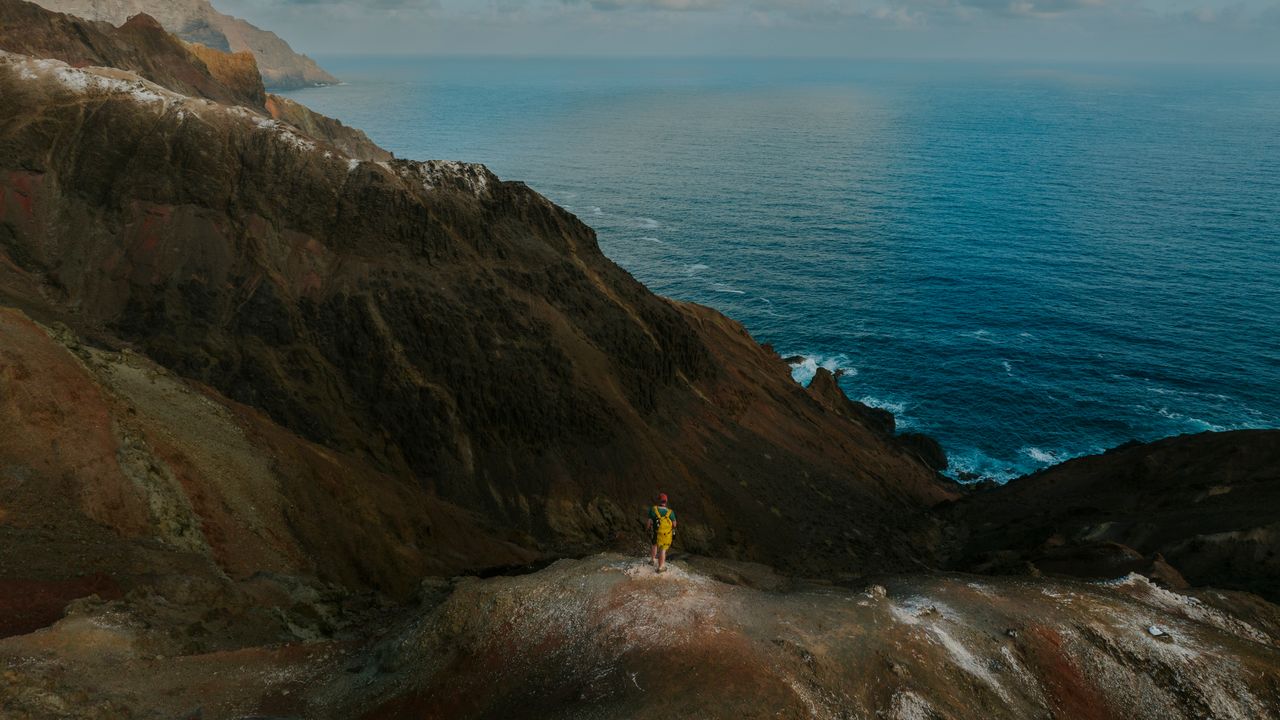
Saint Helena’s biodiversity has been under threat since the first known human arrival, beginning with the Portuguese in 1502. The island later passed briefly through Dutch hands before being settled by the British East India Company in the 17th century; today, it remains a British Overseas Territory. Colonizers plundered its natural resources, while feral rats, rabbits, cats, and grazing animals wreaked havoc on its fragile ecosystems. The sea reportedly turned black as fertile soil slid from steep inclines, no longer anchored by trees felled for firewood and tanning bark. Within decades, this once-verdant landscape had been reduced to arid shrubland. Although rainfall is scarce, many native plants have evolved to harvest moisture from the air; today, these freshwater reserves account for a third of the island’s supply—and once made it a vital port of call for ships crossing the infamous Middle Passage.
Colonialism’s environmental devastation mirrors its human toll: Saint Helena occupies a central place in one of history’s darkest chapters, the transatlantic slave trade. Following the 1833 Slavery Abolition Act, the British Navy began intercepting illegal slave ships and diverting them to the island. Between 1840 and 1872, more than 25,000 enslaved Africans were brought ashore. Though officially deemed “liberated,” many were transported onward to the British West Indies under systems of indenture. Of those who remained, nearly a third died shortly after arrival. Survivors endured overcrowded living conditions, food shortages, and forced labor.
In 2008, the remains of 325 individuals were uncovered during roadworks linked to the construction of the island’s airport. Four years later, Annina Van Neel—a Namibian-born environmental officer—arrived on Saint Helena as part of the project team, just as a far larger burial ground was unearthed in Rupert’s Valley, adjacent to Jamestown. Containing the remains of an estimated 5,000 formerly enslaved people, it is considered one of the most significant physical legacies of the slave trade anywhere on Earth. Van Neel eventually resigned from her position to work with the Saint Helena National Trust, where she developed a masterplan to ensure a dignified reburial and to help memorialize the island’s African heritage. Her mission—alongside renowned African American preservationist Peggy King Jorde and a group of islanders, many of them descendants of the enslaved—is at the heart of the 2022 documentary A Story of Bones.
#Worlds #Remote #Islands #Accessible






